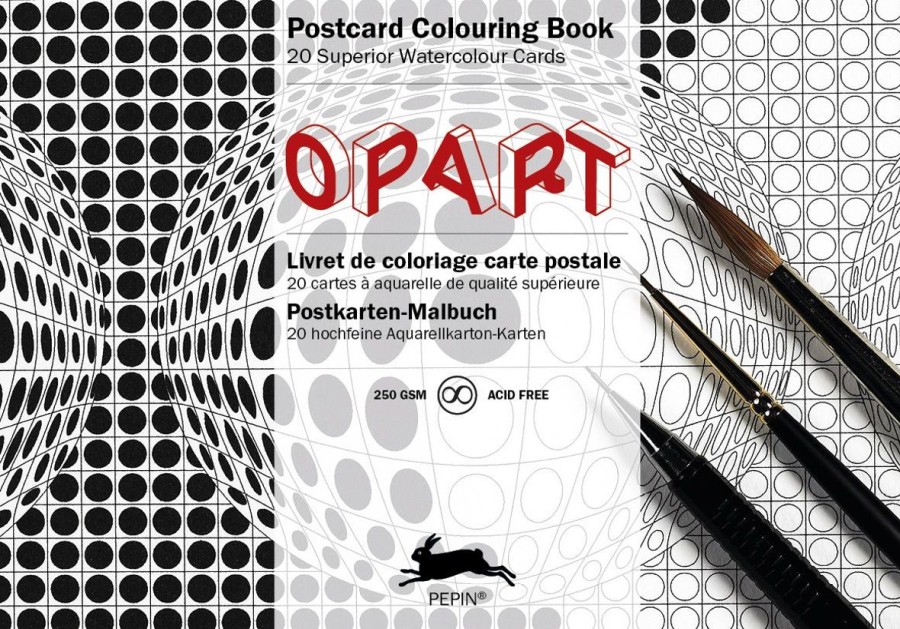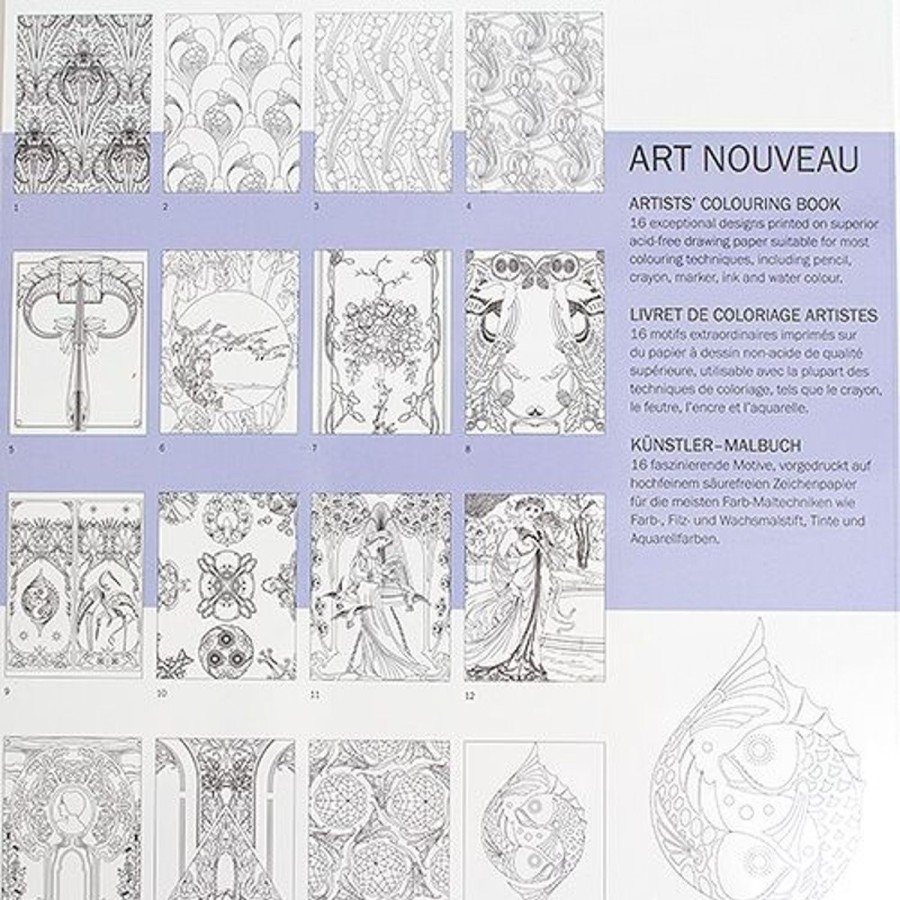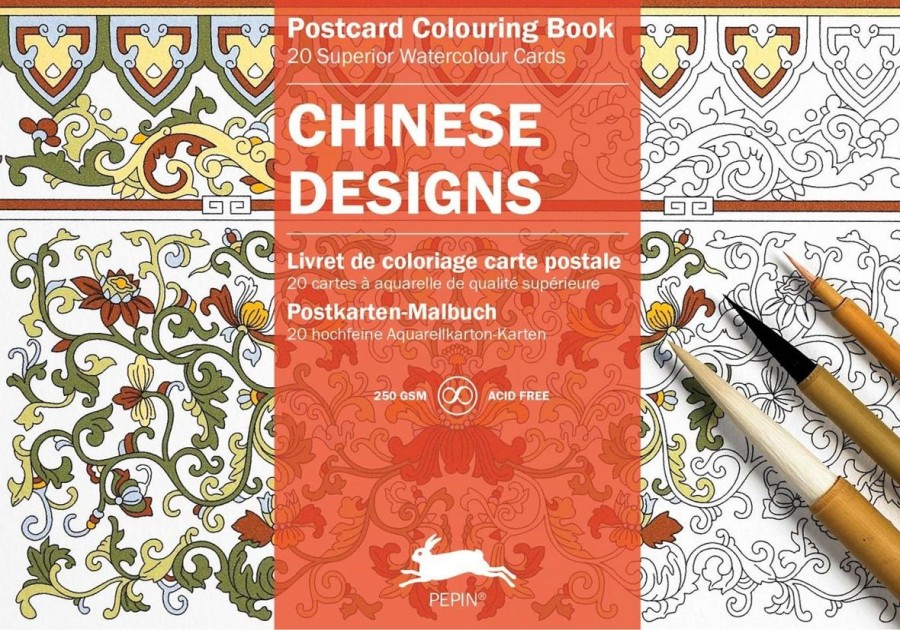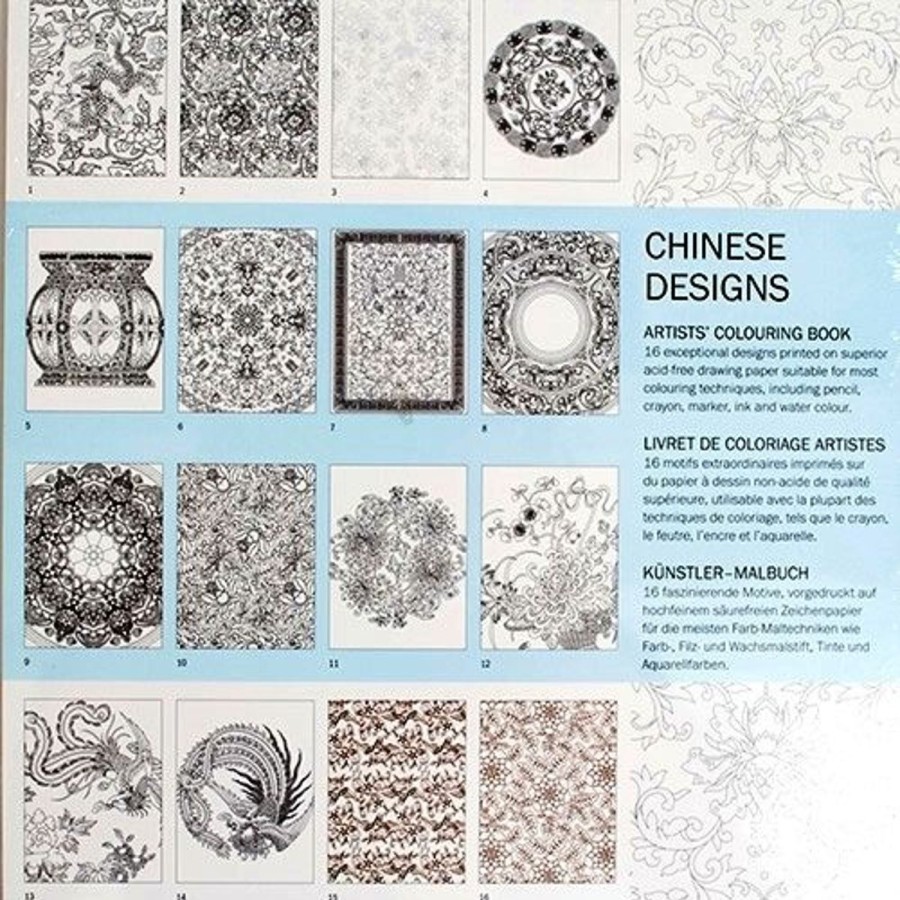Art Books For Sale | Dvd/Cd Speedball | Abraham Lincoln’S Introduction Handwriting Calligraphy
$15.99 $12.95
Art Books For Sale | Dvd/Cd Speedball | Abraham Lincoln’S Introduction Handwriting Calligraphy

Abraham Lincoln’S Introduction To Handwriting & Calligraphy (72 Pgs) Book
The Author Advises Tracing The Original Mark And Getting A Feel For The Strokes Before Moving On To Your Own. Similar Letters Are Practiced Together So You Can Easily Pick Up On The Correct Strokes Before Moving On. The Book’S First Part Focuses On Italics, And Then You Progress To Italic Calligraphy. After Learning All Of The Individual Letters, Students Move On To Practicing Words And Sentences. Additional Tips And Helpful Information Is Given In The Last Several Pages Of The Book, 72 Pgs.
It Can Help You Improve Handwriting And Learn Basic Calligraphy From One Of America’S Foremost Calligraphers. Includes Easy-To-Follow Workbook Format Lessons That Are Great For Teachers And Beginners.
This Simple Yet Complete Introduction To Calligraphy Is Perfect For Slightly Older Students Or Adults. There Is Little Written Instruction, But Guidelines Are Given For Different Strokes, And Letters And Pages Are Devoted To Practicing.
The Majority Of The Pages Feature Seven Lines, With A Different Letter Or Symbol At The Left-Hand Side Of Each Line And The Rest Of The Line Blank For You To Practice. The Author Advises Tracing The Original Mark And Getting A Feel For The Strokes Before Moving On To Your Own. Similar Letters Are Practiced Together So You Can Easily Pick Up On The Correct Strokes Before Moving On.
The Book’S First Part Focuses On Italics, And Then You Progress To Italic Calligraphy. After Learning All Of The Individual Letters, Students Move On To Practicing Words And Sentences. Additional Tips And Helpful Information Are Given In The Book’S Last Several Pages.
History
A Century Of Fine Pen-Making Began In 1899 When The C. Howard Hunt Pen Company Opened In Camden, New Jersey. A Group Of English Tool Makers Founded The Company That Manufactured And Distributed Steel Pens To A Fast-Growing Nation. What Helped To Put The Company On The Map Was An Association That They Formed In 1913 With Two Master Letterers, Ross F. George And William Hugh Gordon, Who Contrived And Perfected The Speedball Nib.
In The Early Days Of The Twentieth Century, Lettering Signs, Show Cards And Movie Titles Were Laborious And Time-Consuming Due To The Only Available Tools – Small Brushes And Fine Pens. Letters Need To Be Outlined And Then Filled In. Ross F. George, A Frustrated Young Letterer With His Own Ship, The System Service Company Of Seattle, Looked For A Method To Improve The Speed Of His Work. His Search Led Him To Develop A Nib With A Reservoir, Which He Worked On Perfecting With Famed Letterer William Hugh Gordon. It Was Nicknamed “Speedball” Because Of The Speed Of The Pen, Which Reportedly Cut Time Working In Half.
The First Pen Points They Produced Were The Square “A” Style Nibs, Followed Closely By The Rounded “B” Nibs, And Not Long After, By The Broad-Edged “C” Style And Oval “D” Style Nibs. Over The Years, The Hunt Company Grew With The Production Of Lettering, Artists’ And Mapping Pens, And Succeeded In Capturing And Keeping A Significant Market Share. The Name “Speedball” Became Synonymous With Lettering Pens. In 1958, The Hunt Pen Company Opened A New Manufacturing Plant In Statesville, North Carolina, Where The Pens Are Still Manufactured.</P
Be the first to review “Art Books For Sale | Dvd/Cd Speedball | Abraham Lincoln’S Introduction Handwriting Calligraphy” Cancel reply
Related products
Art Books For Sale | Dvd/Cd
Art Books For Sale | Dvd/Cd Pepin | Opart: Pepin Postcard Colouring Book
Art Books For Sale | Dvd/Cd
Art Books For Sale | Dvd/Cd
Art Books For Sale | Dvd/Cd Pepin | Bauhaus Style: Pepin Postcard Colouring Book
Art Books For Sale | Dvd/Cd
Art Books For Sale | Dvd/Cd Pepin | Pepin Giant Colouring Books – Art Deco
Art Books For Sale | Dvd/Cd
Art Books For Sale | Dvd/Cd Pepin | Art Nouveau: Artists’ Colouring Books – Paperback
Art Books For Sale | Dvd/Cd
Art Books For Sale | Dvd/Cd Pepin | Indian Designs: Artists’ Colouring Books – Paperback
Art Books For Sale | Dvd/Cd
Art Books For Sale | Dvd/Cd Pepin | Chinese Designs: Pepin Postcard Colouring Book
Art Books For Sale | Dvd/Cd
Art Books For Sale | Dvd/Cd Pepin | India: Pepin Postcard Colouring Book




















Reviews
There are no reviews yet.